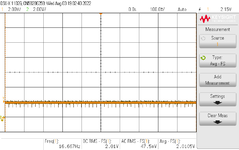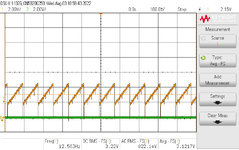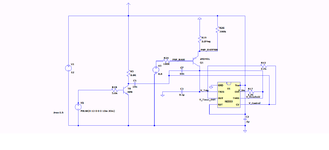sabu31
Advanced Member level 1

Hi all,
I am facing a peculiar issue with a 555 timer circuit. THe pin 7 and GND has a Saw tooth waveform when measured through a differential probe. This is what is expected. However, I observed that when my fingers are also touching along with signal probes the observed waveform changes to slightly expotential. When I connected both signal probes and differential probes, there is no saw tooth waveforms observed (only a DC signal). What could be the issue for this. I am attaching the three waveforms. The Vcc is 12V.
I am facing a peculiar issue with a 555 timer circuit. THe pin 7 and GND has a Saw tooth waveform when measured through a differential probe. This is what is expected. However, I observed that when my fingers are also touching along with signal probes the observed waveform changes to slightly expotential. When I connected both signal probes and differential probes, there is no saw tooth waveforms observed (only a DC signal). What could be the issue for this. I am attaching the three waveforms. The Vcc is 12V.







